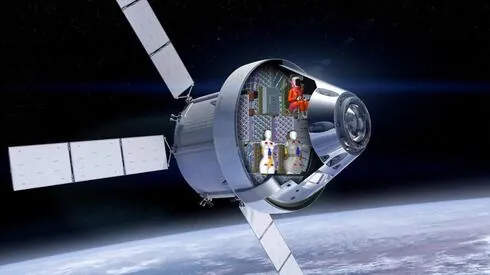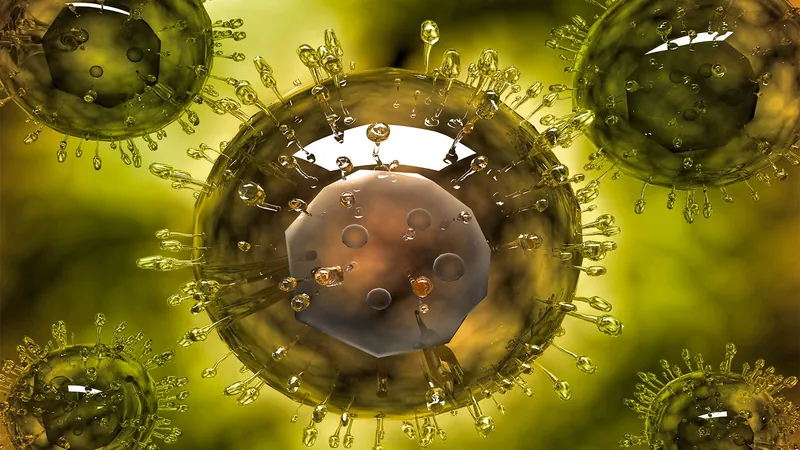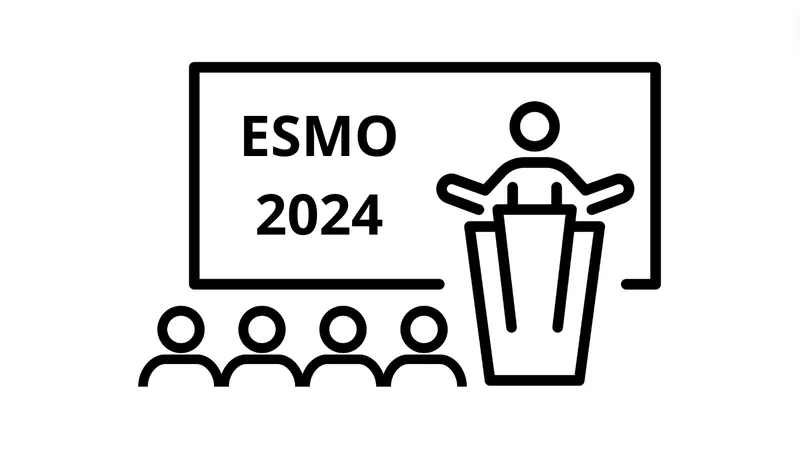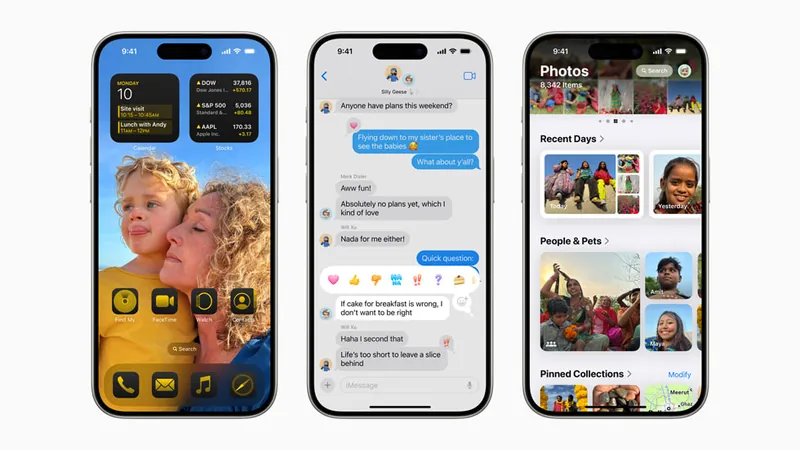
Exciting Developments in Space: Protecting Astronauts, Unique Spacewalks, and Lunar Water
2024-09-27
Advancing Radiation Protection for Lunar Missions
Following nearly two years since the Artemis 1 mission, which was designed to test the Orion spacecraft on a mission around the Moon, the inaugural scientific paper detailing radiation levels encountered during this journey has been published. This research is pivotal as it evaluates the risks astronauts may face from cosmic radiation.
In a collaborative effort, the Israeli-American company StemRad worked alongside the Israel Space Agency and researchers from NASA and the German Space Agency (DLR). They focused on developing an innovative protective vest designed to shield astronauts from harmful radiation embedded in solar storms.
Sensors inside the Orion spacecraft recorded radiation levels across various compartments and within two life-sized mannequins, Helga and Zohar—one without protection and the other equipped with the recently developed vest. Published in the journal Nature, the research outlines the radiation levels measured during the Artemis 1 mission, although it stops short of detailing the vest's efficacy.
The results were encouraging; the radiation levels recorded during the mission turned out to be relatively low, posing minimal risk to astronauts, particularly thanks to the protective design of the Orion spacecraft. Dr. Christine Hellweg from DLR remarked that the spacecraft's shielding is significantly more effective than that employed during the Apollo era, indicating a promising future for human exploration of both the Moon and Mars.
Historic Polar Mission: Astronauts Reach New Heights
Last week, the Polaris Dawn mission concluded successfully with a splashdown in the Gulf of Mexico, marking a series of historic achievements. This private mission showcased unprecedented milestones, such as reaching an altitude of approximately 1,400 kilometers— the highest point reached by humans since the Apollo missions.
Mission commander Jared Isaacman made history by performing the first-ever spacewalk by private astronauts. He was followed by Sarah Gillis, who became the first person to play the violin in space—an unforgettable performance of a piece from Star Wars, streamed back to Earth via SpaceX's Starlink satellites.
Adding to the mission’s uniqueness, crew members also became the first to enjoy Doritos in space, with customized packaging ensuring minimal mess. Beyond the novelty, Frito-Lay (the creators of Doritos) donated significant proceeds to a children's cancer hospital, showcasing the mission's charitable aspect.
Lunar Water: More Than Just a Dream
While the Moon may appear desolate, a recent study suggests it could harbor water, making it a potential resource for future exploits. Using data from India’s Chandrayaan-1 mission, scientists found evidence of water molecules distributed more widely across the lunar surface than previously thought, extending beyond the polar regions.
Findings indicate that certain lunar rocks contain minerals attached to water molecules, with higher concentrations of hydroxyl—an integral component for extraction methods. This revelation is crucial for future lunar missions where water could be vital for sustaining life.
However, the challenge remains that this water is trapped within minerals, necessitating heating techniques to extract water vapor— a labor-intensive yet feasible task for future astronauts. Notably, conversions from hydroxyl could yield not just water, but also breathable oxygen.
Communication Networks for Lunar Bases
As we prepare for extended human activities on the Moon, reliable communication systems become essential. NASA has awarded a significant contract to Intuitive Machines to develop a robust communication network that will facilitate continuous interaction between lunar stations and Earth. This contract could be worth up to $4.8 billion and aims to establish a capable satellite and ground station network, ensuring efficient navigation and operational communication.
"Intuitive Machines is marking a pivotal moment in advancing space communication," remarked CEO Steve Altemus. This achievement follows their historic landmark as the first private company to successfully land a spacecraft on the lunar surface earlier this year.
As we venture further into space, protect our astronauts, and unlock the mysteries of the Moon, each step brings us closer to a future rich with exploration, adventure, and unprecedented discoveries in our pursuit of the cosmos. The journey continues!




 Brasil (PT)
Brasil (PT)
 Canada (EN)
Canada (EN)
 Chile (ES)
Chile (ES)
 España (ES)
España (ES)
 France (FR)
France (FR)
 Hong Kong (EN)
Hong Kong (EN)
 Italia (IT)
Italia (IT)
 日本 (JA)
日本 (JA)
 Magyarország (HU)
Magyarország (HU)
 Norge (NO)
Norge (NO)
 Polska (PL)
Polska (PL)
 Schweiz (DE)
Schweiz (DE)
 Singapore (EN)
Singapore (EN)
 Sverige (SV)
Sverige (SV)
 Suomi (FI)
Suomi (FI)
 Türkiye (TR)
Türkiye (TR)